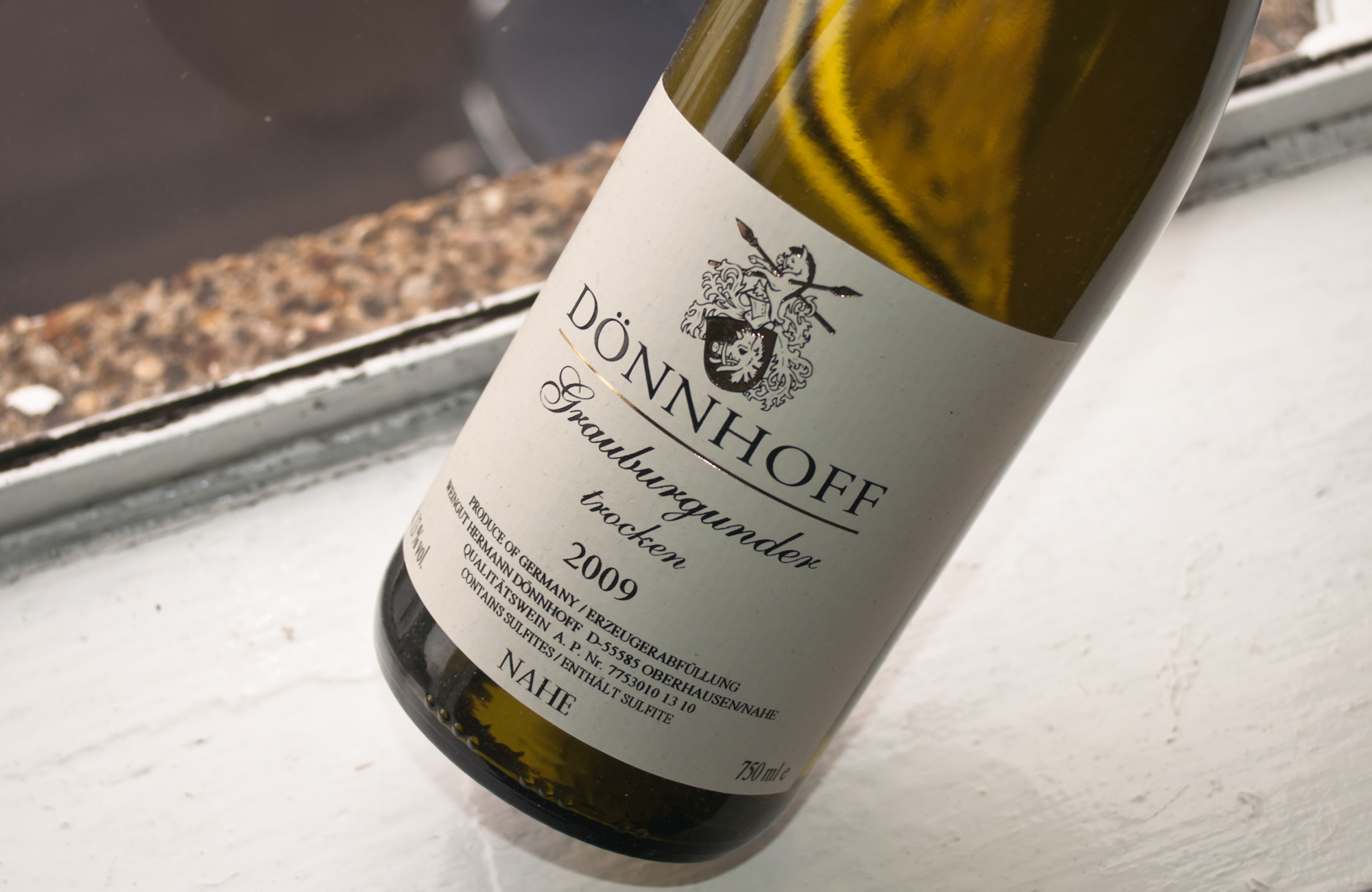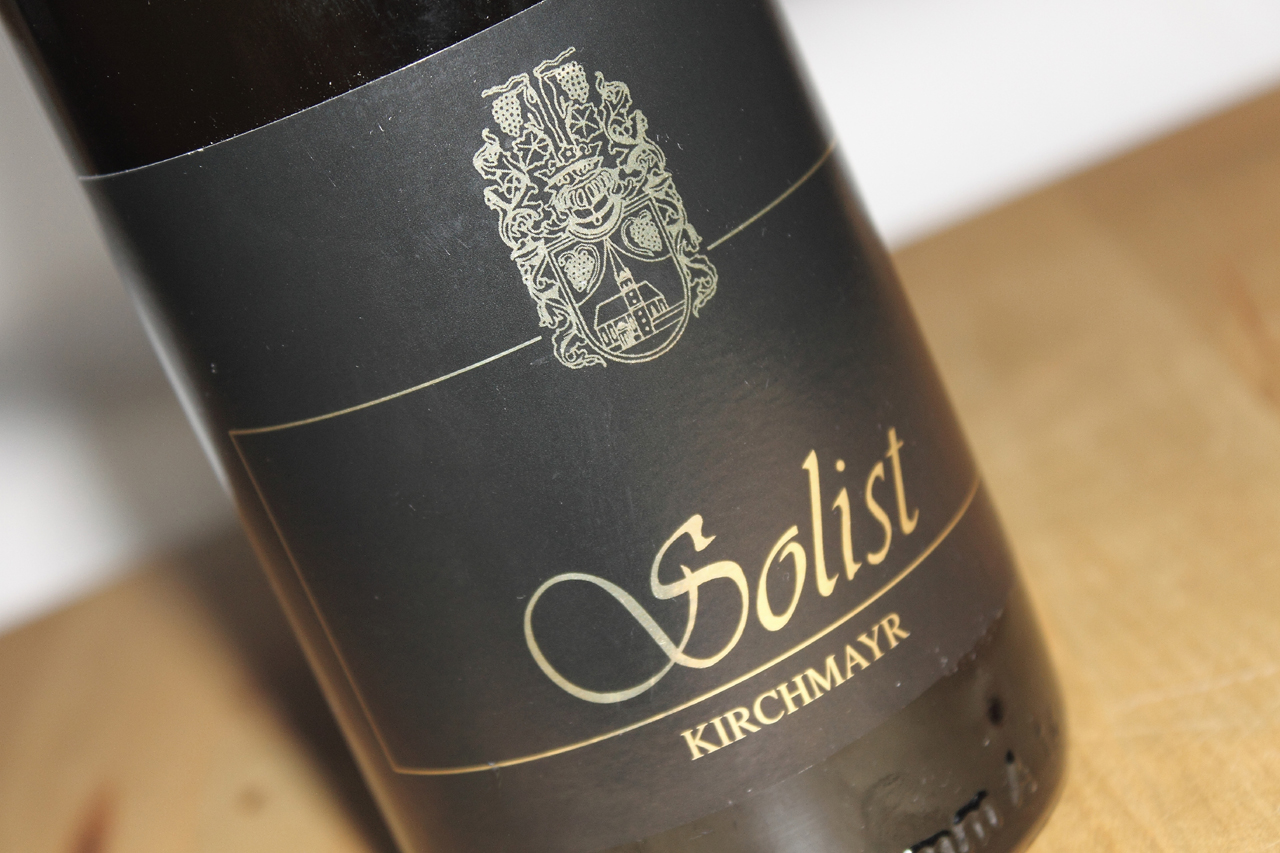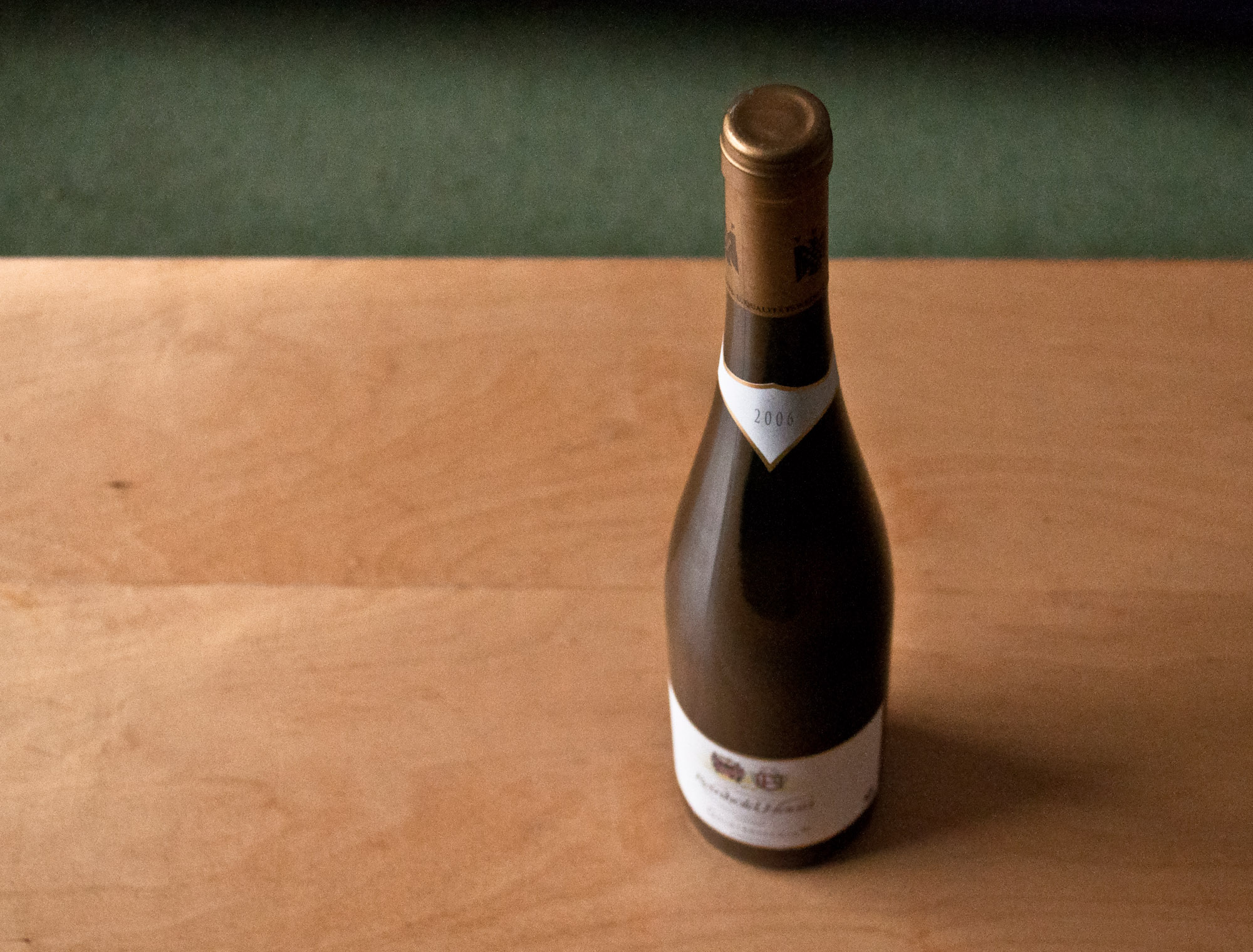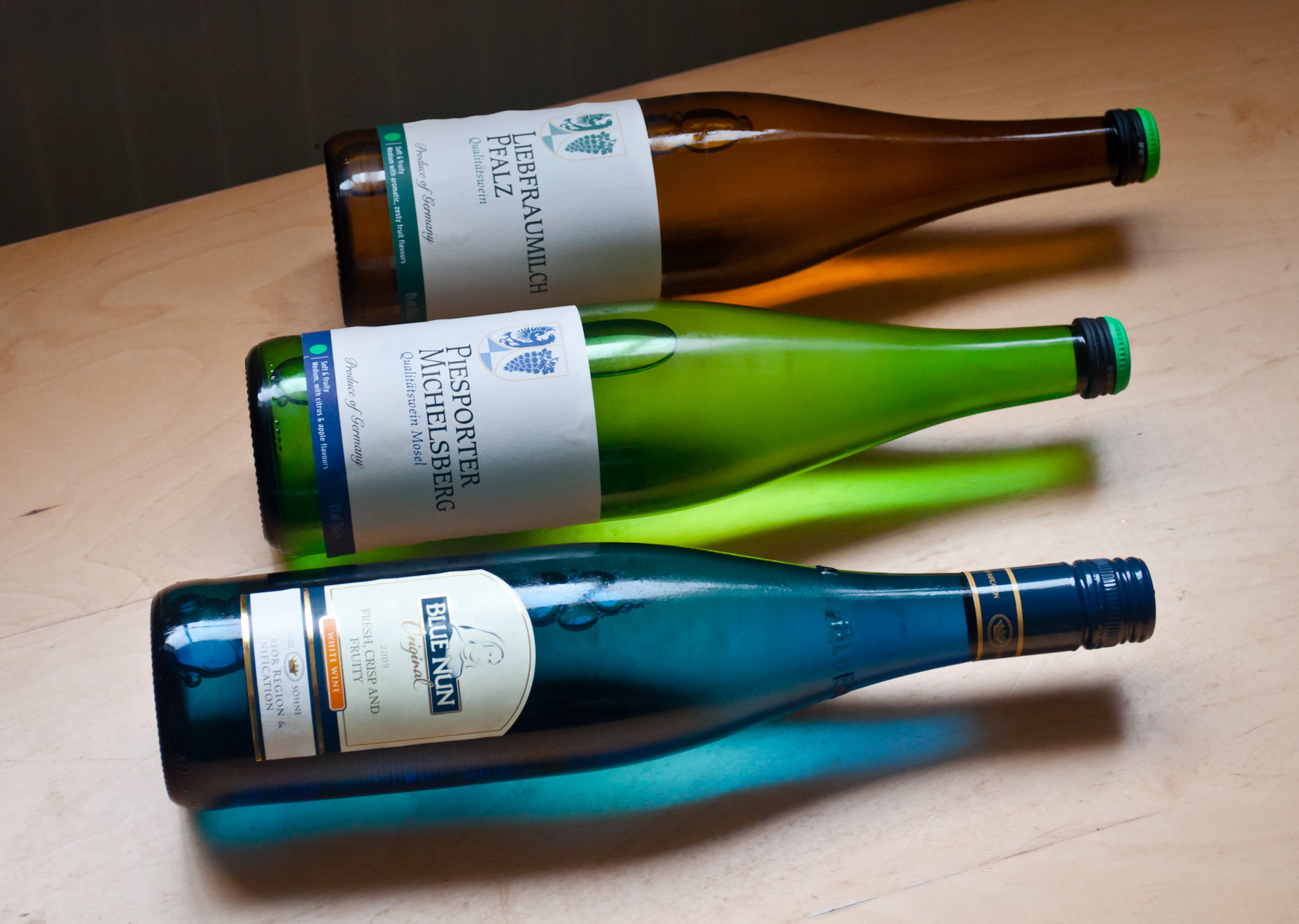Jos. Christoffel Jr., Ürziger Würzgarten, Riesling Spätlese, 1993
The Mosel, Germany's best known wine region, hosts many styles of Riesling winemaking: There are the modernists, there are the traditionalists, there are the ultra-traditionalist. And then, there is Jos. Christoffel Jun. The winery's website nicely underscores their brand of conservatism, in that there isn't one. If you want to get your hands on any of the older vintages (back into the 80s, rumour has it) they still have on offer, get your ass down to the Mosel. Or else get lucky on eBay, like your undeservedly fortunate correspondent. For about 12 €, shipment included, I got this Spätlese from the year Frank Zappa died.










